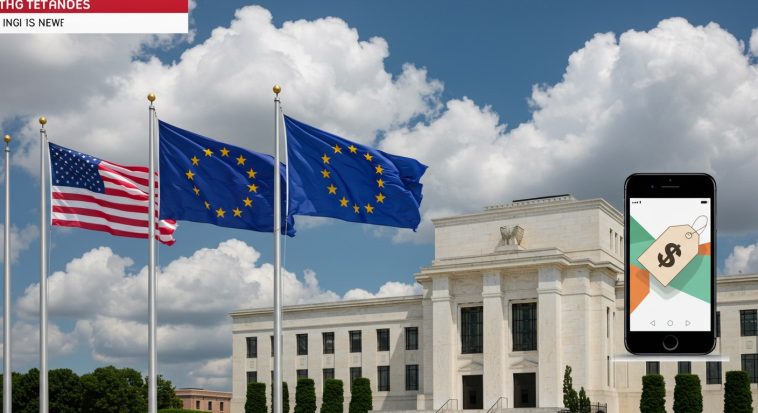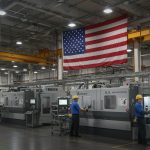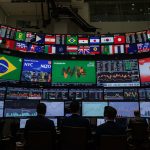Ongoing trade policy uncertainty has put the Federal Reserve in a holding pattern, with rate cuts now likely delayed, according to a top central bank official.
As global markets absorbed another jolt from Washington’s shifting trade stance, Chicago Federal Reserve President Austan Goolsbee offered a sobering update: the Fed’s next interest rate move may take longer than expected. In an interview Friday on CNBC’s Squawk Box, Goolsbee pointed directly to President Donald Trump’s fresh round of tariff threats as the key reason.
“Everything’s always on the table,” Goolsbee said. “But the bar is higher now for taking action in either direction until we get more clarity.”
Trade Policy Uncertainty Muddies Economic Outlook
Goolsbee’s comments came just hours after President Trump proposed sweeping new tariffs—50% on imports from the European Union starting June 1, and 25% on Apple iPhones not made in the U.S. The latter move could hit consumers, given that most Apple devices are manufactured in China and India.
Though the immediate economic fallout of higher iPhone prices may be limited, the larger concern is what Goolsbee described as the potential for stagflationary effects—a toxic mix of stagnating growth and rising prices. “That’s the central bank’s worst situation,” he warned.
In simple terms, if tariffs raise consumer prices while also dampening business confidence and spending, the Fed could find itself stuck—unable to cut rates due to inflation concerns, but also unable to raise them in a slowing economy.
Federal Reserve Interest Rate Outlook Now on Pause
For months, market analysts and investors had been eyeing rate cuts from the Federal Reserve, possibly starting as early as September. The Fed’s own projections in March suggested two cuts were likely in 2025. But Goolsbee, who holds a voting seat on the Federal Open Market Committee (FOMC) this year, made it clear that nothing is set in stone.
“I don’t like even mildly tying our hands at the next meeting, much less six or ten meetings from now,” he said, referencing the Fed’s upcoming June 17–18 policy gathering.
The central bank’s key borrowing rate remains in the 4.25% to 4.50% range, unchanged since December. While inflation had been showing signs of easing back toward the Fed’s 2% target, the new wave of trade tensions throws that trajectory into question.
Market Volatility Adds to Fed’s Challenge
Financial markets, already uneasy about rising bond yields and growing fiscal concerns, now face another wild card in the form of unpredictable trade policy. “It’s like trying to steer a ship in fog while the map keeps changing,” said Alex Morgan, a senior analyst at Beacon Macro Strategies. “The Fed doesn’t set trade policy, but it has to deal with the consequences.”
Indeed, the central bank typically steers clear of commenting directly on fiscal or trade decisions. But Goolsbee’s remarks reflect a growing acknowledgment within the Fed that such policies have immediate implications for inflation, employment, and ultimately, interest rate policy.
Looking Ahead: Patience and Prudence
Despite the uncertainty, Goolsbee struck a note of cautious optimism. “Before the April 2 tariff announcement, we were on a solid track—low unemployment, inflation coming down,” he said. “If we can return to that environment, I still believe rates could be meaningfully lower in 10 to 16 months.”
That long-term view aligns with market expectations, but with a caveat: patience is now paramount.
In the meantime, all eyes will be on the Fed’s June meeting, where officials will update their economic forecasts and potentially reshape expectations for the rest of the year. Until then, traders, economists, and businesses will be watching not just the Fed—but also every new headline out of the White House.



